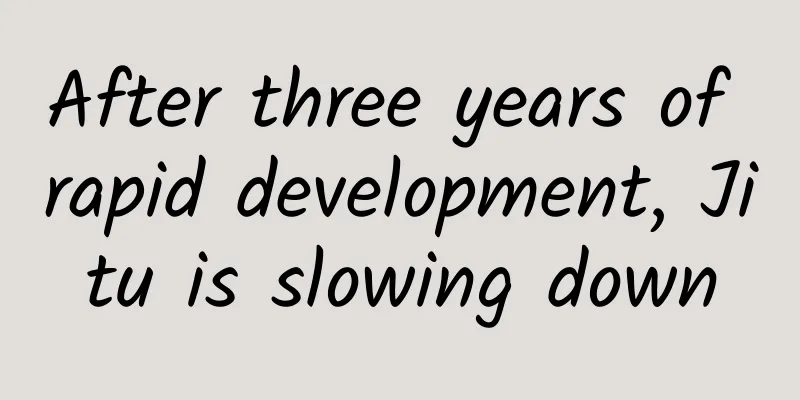iOS 14 "Voice Recognition" function test: Can you know when the door is knocking even with headphones?

|
Apple has introduced a large number of new features in iOS/iPadOS 14. Among them, the "Sound Recognition" function, which was originally designed for some users with hearing impairments, has recently aroused discussion among many digital bloggers. This feature allows the microphone in the iPhone and iPad to hear a sound and display it on the screen as a notification to inform the user. For users with normal hearing, this seems to be a useless feature, because we don’t need to give the phone a reminder for the sounds we can recognize. But if we are wearing noise-canceling headphones or in some occasions where it is inconvenient to hear the sound, this feature may be very useful. Well-known digital video creator MKBHD showed a notification bar full of "sound recognition" on social media, and called the feature "possibly the opening credits of a horror movie in 2020." So is it really that magical? We briefly tested the feature and found some minor issues. How to turn on "Voice Recognition"? (Only if iOS/iPadOS 14 Beta has been updated)
or
Specific content There are various options in the "Sound Recognition" menu, including 12 small options such as "Siren", "Animals", "Home" and "People". Users can freely turn on and off the reminders of each option. These include the more common sounds of cats and dogs, doorbells, knocks, etc. If there are children at home, you can also turn on "Baby Crying" or "Shouting". In the "Sound Recognition" column, Apple says that the iPhone or iPad will continue to listen to certain sounds and use device-side intelligence to notify you when the sound may be recognized. test We found a relatively quiet office to conduct the test and searched for different types of audio files on the Internet, but the results were not as good as we expected. From the test results, we can see that the recognition rates of knocking on the door, running water and baby crying are relatively high, and the recognition time is also relatively fast; while the recognition rates of some more ambiguous sounds such as "fire alarm" are relatively low, and the longest recognition time is about 15 seconds. In addition, we also found several bugs and precautions during the testing process.
There are only 12 types of sounds but 14 are displayed
Summarize Although foreign media reported that the recognition rate of this feature is quite good, according to our simple test, the recognition rate and speed of the "sound recognition" feature are still unsatisfactory. Given that it is still in the beta version, there will be room for further adjustments and repairs to this feature. However, Apple also noted below the feature: This feature should not be relied upon in high-risk environments, emergencies, or for navigation where harm or injury may occur. Apple also included the word "may" in its notification for recognized sounds, proving that "Voice Recognition" is not intended for widespread use by the general public. Its original intention was for those with hearing impairments. However, as a new member of the "Accessibility feature," we would be very happy to see Apple improve this feature in subsequent versions. |
<<: Apple wants the iPhone to replace your passport, driver's license and other IDs
>>: 12306 APP upgrade: comprehensive revision of the homepage with three new features
Recommend
How shared bikes make profit from "impossible" to "possible"
In two articles I wrote recently, I talked about ...
Be careful when reading long and informative articles! ASO optimization experience: Tips for APP keyword optimization
For your product, choosing the right keywords for...
Zero-based easy entry to the way of love 2.0
1. Wrong concept of love: thinking that only mone...
How many of these 57 promotional tools do you know?
If you want to do your work well, you must first ...
Humans can’t even live on Mount Everest, let alone migrate to Mars. Does this statement make sense?
Recently, a science program called "Upload20...
It's a big hit! Hundreds of thousands of people watch this video every day at the subway station here...
In the past two days, Fuzhou residents Have you n...
SEMI: Global semiconductor equipment sales are expected to reach US$139 billion in 2026, with China ranking first
Recently, the Semiconductor Industry Association (...
Apple's new iMac exposed: using USB-C standard
Cook just said there will be a better desktop Mac...
WeChat "Search": How to layout keywords to grab traffic
On May 17, WeChat iOS users updated to version 6....
Laughing, but not quite! How does your brain read emojis?
© Freepik Leviathan Press: The same sentence, for...
IFR: India's new installations of industrial robots reached 4,945 in 2021
India has reached a new record of 4,945 new indus...
How to create creative copy for TikTok advertising on e-commerce platforms?
Recently, the favorite advertising resource of fo...
It’s the season of blue tears again! But…isn’t this really ocean pollution?
It’s the season for blue tears to sweep your scre...
Do people with photographic memories really exist?
© Genetic Literacy Project Leviathan Press: The w...
7 simple ways to quickly understand user dads through online data
No matter what kind of marketing we do, we need t...


![[Creative Cultivation Program] Did I invent the air conditioner to save you? Wrong, I invented it to save paper!](/upload/images/67f261e214851.webp)






